Must-haves to create an engaging EYFS classroom26 June 2024 | Admin 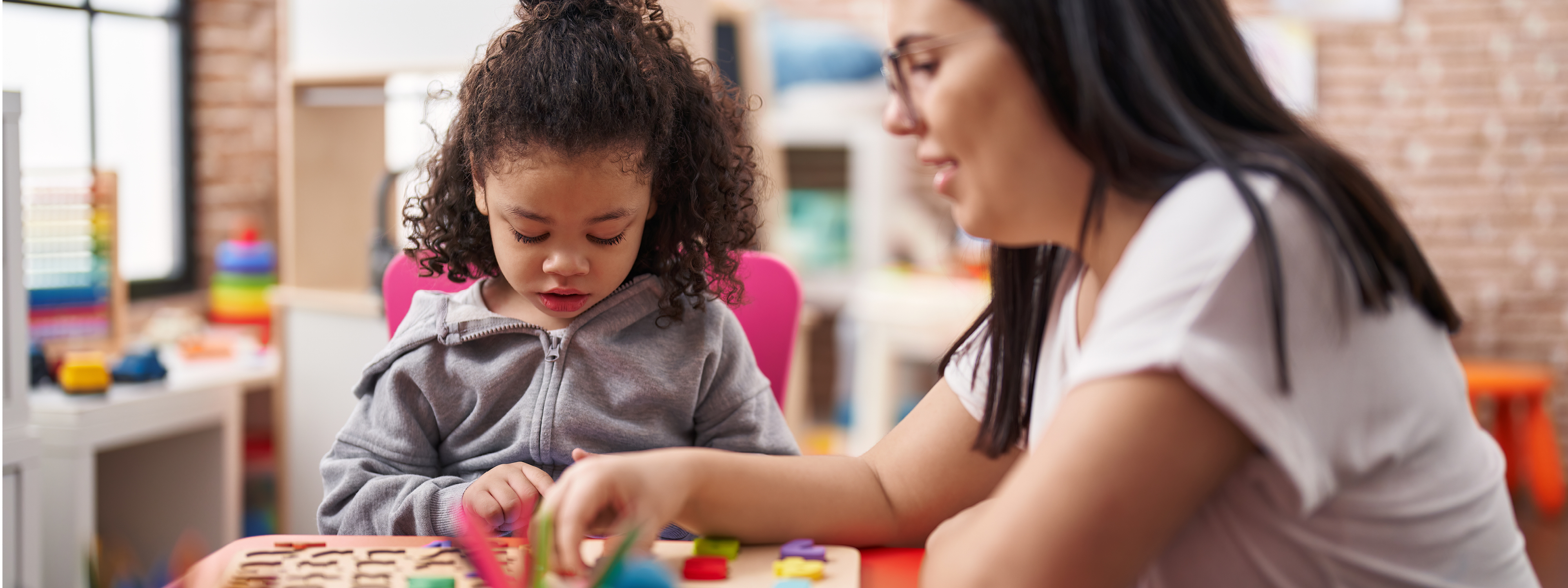
In the Early Years stage, the environment plays an important role in shaping children's development and to design this set up can be overwhelming. So here are a few tips and strategies for creating an EYFS classroom that will support young children’s development, inspire their curiosity and exploration, and foster their love for learning. 1. Welcoming and comfortable environment The classroom should be inviting, stimulating and accessible for children, so they can freely explore the set-up, in that sense, child-sized furniture plays a key role. Consider low-level shelving to display resources at their eye-level, encouraging independent exploration and play. Pro tip: include a carpet area. Children love to explore and sit on the floor, so why not include a bright and engaging rug to make them more comfortable. Little ones will use that space regularly throughout the day, so invest in a durable and comfortable carpet. But above all, the classroom should be safe for young children, so secure heavy furniture, avoid or cover sharp corners and ensure electrical outlets are covered and out of reach. 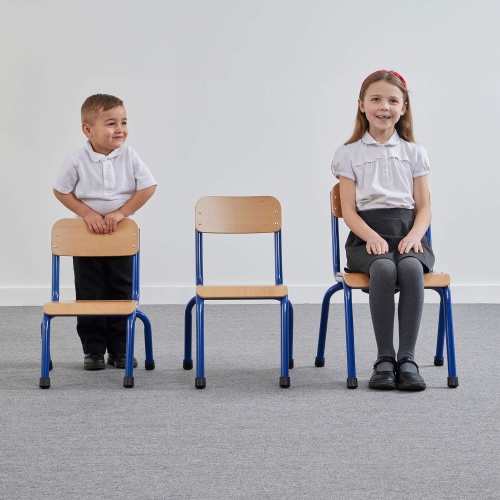 
2. Create a reading corner that will cultivate children’s love for books Select a quiet area in your classroom that is away from distractions that has a warm and inviting atmosphere. Here is how to achieve a stimulating reading corner: - Provide different seating options such as rugs, bean bags, cushions or small sofas.
- Make sure your book storage is easy to access and place the books with covers facing outwards.
- Include multi-sensory elements such as soft adjustable lighting, stuffed animals or textured rugs.
- Regularly rotate books to keep children interested, consider seasonal themes or topics of interest that reflect the current learning topics or events.
Pro tip: during story time, use expressive voices and gestures to bring the story to life and capture their attention. 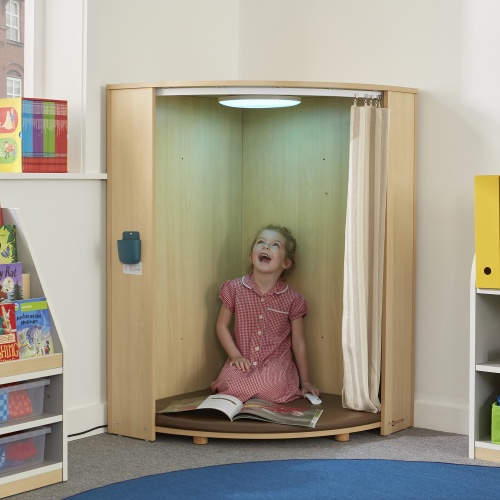 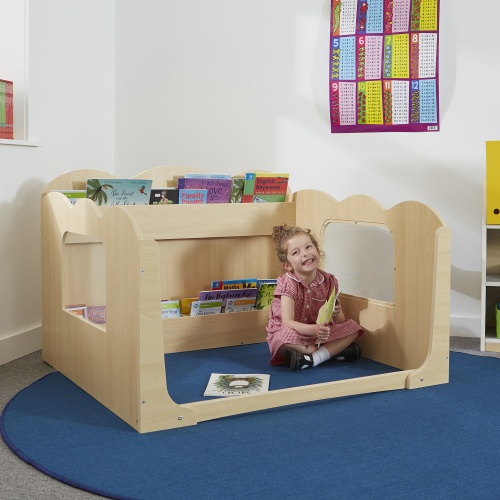
3. Create a variety of learning areas Designate specific areas for different types of learning experiences, for instance: - Writing and Mark-making: include different types of papers, easels, chalkboards, pencils, pens, crayons and chalk.
- Maths: integrate visual resources (learning rugs, posters and charts) to manipulatives tools (counting objects, geometric shapes and patterns, and measuring tools).
- Sensory exploration: create a messy play area and provide materials like sand, water, beads, rice and other tactile objects that will engage children’s senses.
- Construction area: blocks, LEGO bricks and other building materials encourage children to explore spatial reasoning, creativity and problem-solving skills.
- Role-play and creative arts: stock art supplies such as paints, modelling clay, props and costumes to encourage imaginative play, fine motor skills, and social interaction.
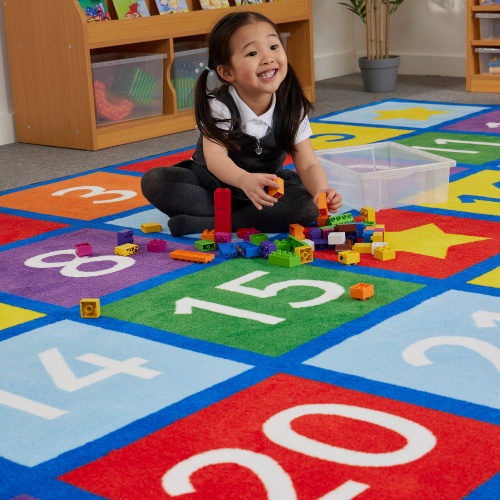 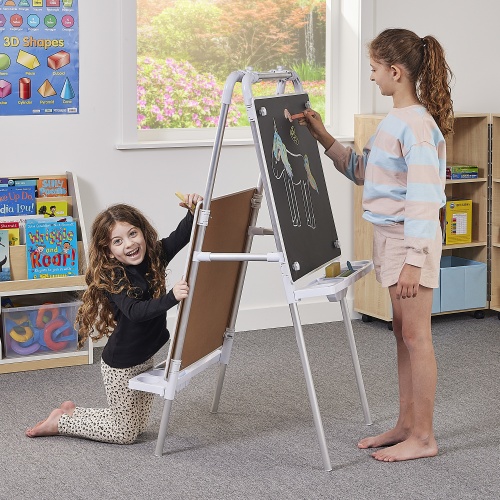
4. Integrate nature and outdoor learning Outdoor areas should offer opportunities for sensory exploration and nature play, physical challenges that will develop their gross motor skills, and social interaction though group activities and role-play. Climbing frames, bikes, gardening areas, water and sand resources, and role-play equipment are some of the outdoor resources to consider including in your early years set-up Pro tip: Plan for seasonal activities and experiences, for instance, leaf piles in autumn, snow play in winter, gardening in spring and water and sand activity in summer. 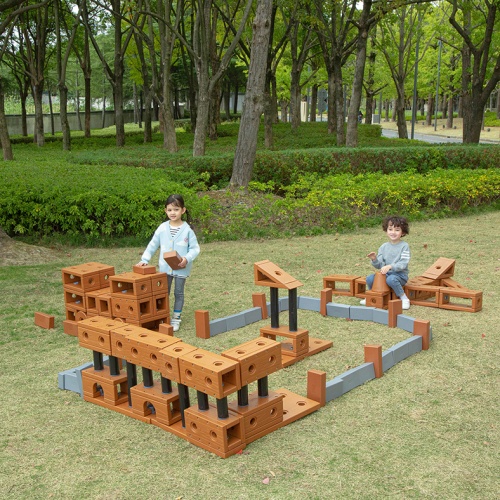 
Creating an effective EYFS classroom involves planning, continuous reflection and meeting the diverse needs of young children. By prioritising a child-centred approach and providing rich and varied experiences, you can create a supportive learning environment that will foster children’s development. |